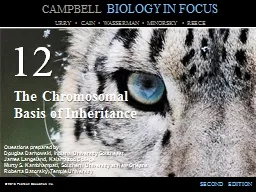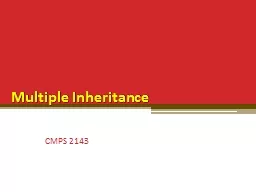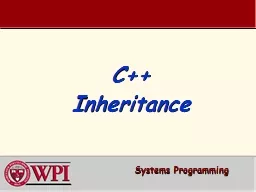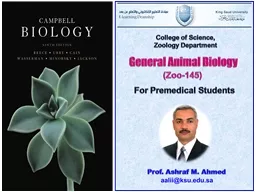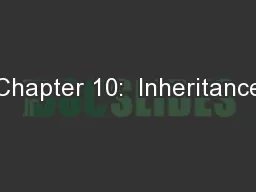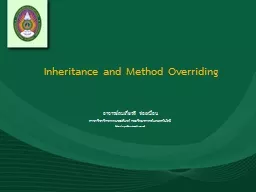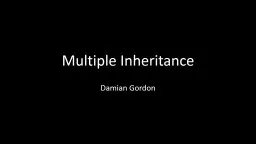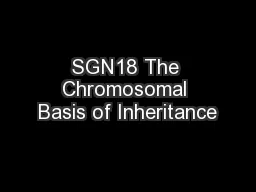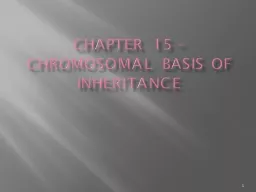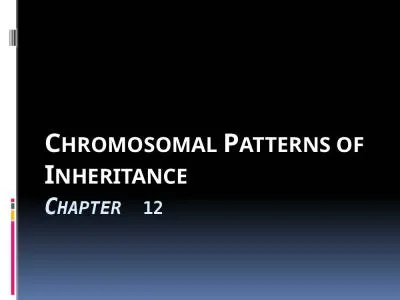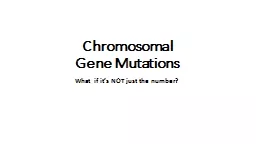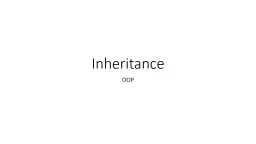PPT-The Chromosomal Basis of Inheritance
Author : verticalbikers | Published Date : 2020-11-06
12 Why did the improvement of microscopy techniques in the late 1800s set the stage for the emergence of modern genetics It revealed new and unanticipated features
Presentation Embed Code
Download Presentation
Download Presentation The PPT/PDF document "The Chromosomal Basis of Inheritance" is the property of its rightful owner. Permission is granted to download and print the materials on this website for personal, non-commercial use only, and to display it on your personal computer provided you do not modify the materials and that you retain all copyright notices contained in the materials. By downloading content from our website, you accept the terms of this agreement.
The Chromosomal Basis of Inheritance: Transcript
Download Rules Of Document
"The Chromosomal Basis of Inheritance"The content belongs to its owner. You may download and print it for personal use, without modification, and keep all copyright notices. By downloading, you agree to these terms.
Related Documents

